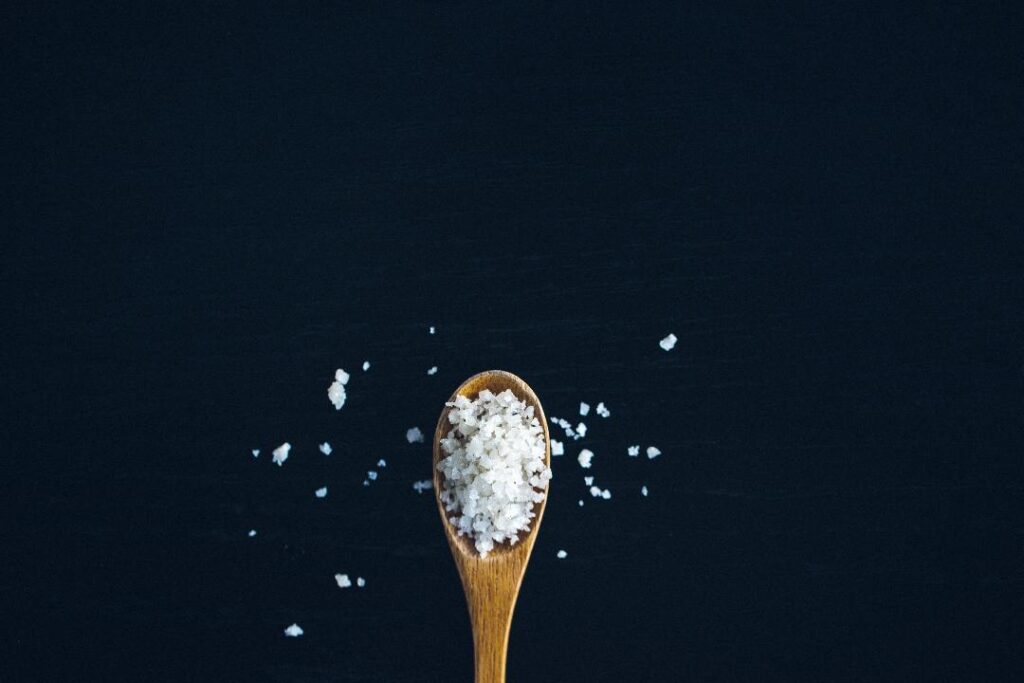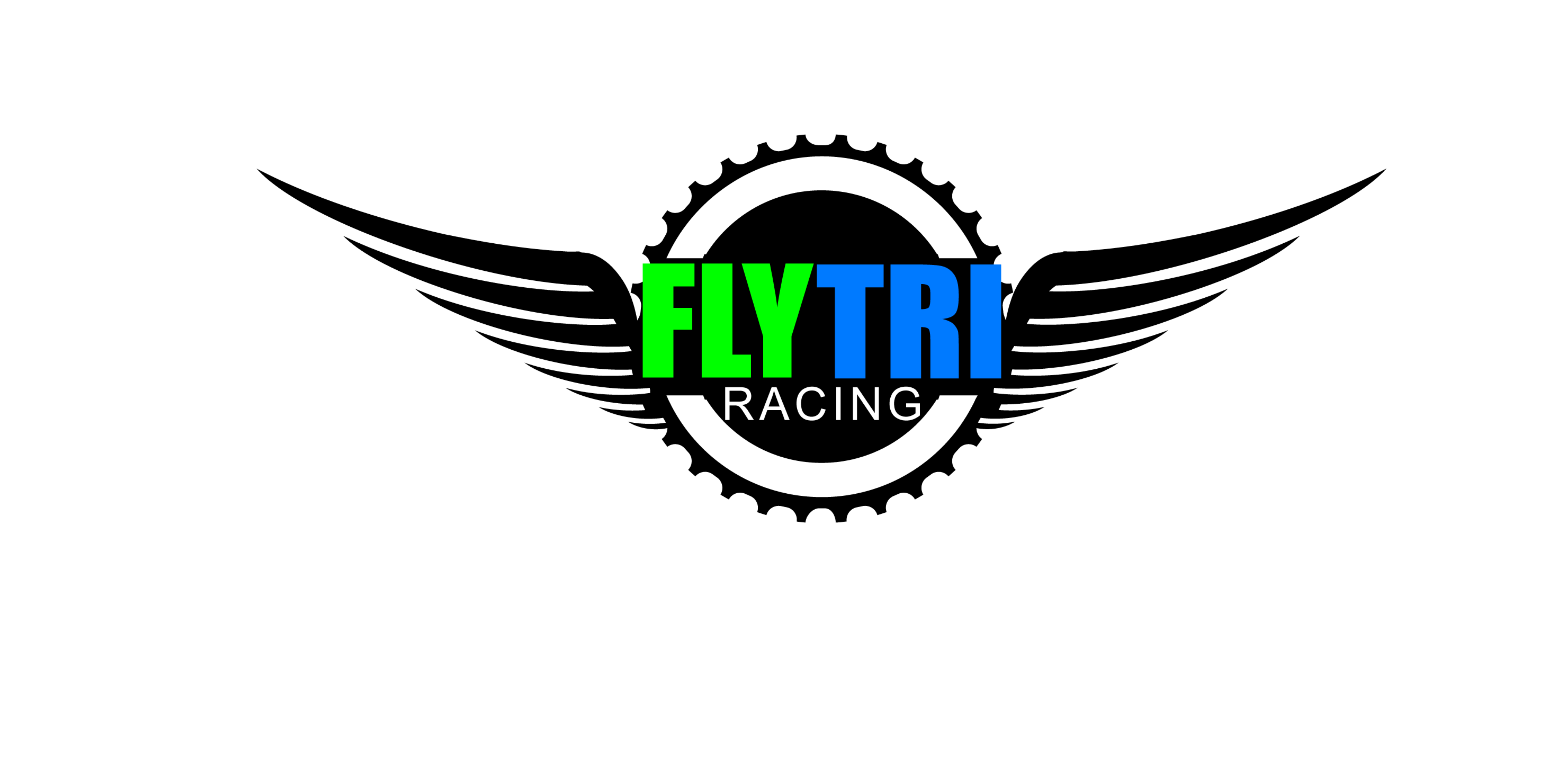As seen on TrainingPeaks.
Water is key to performance, but it turns out you can have too much of a good thing.
I started running in 1996. This was the same time that the ACSM (American College of Sports Medicine) came out with their journal article that encouraged athletes to drink as much water as they can reasonably tolerate. This advice is probably the reason that to this day I still drink water frequently and carry a water bottle with me nearly everywhere.
These days I’m definitely more relaxed about my water consumption than I used to be. ACSM had guided that athletes should drink at least as much fluid as they lose, but the last time they updated this guidance was in 2007. In the wake of data and information discovered in the advanced research done since then by sport scientists such as Tim Noakes, author of “Waterlogged” and “The Lore of Running”, Asker Jeukendrup, and Andy Blow we now know so much more than we did back then.

As we hit the official start of Summer, Memorial Day, next week, consider this article the first in a short series of articles guiding you to the latest, most helpful information to managing your body’s performance in the hot and sweaty days of summer.
To start, let’s put a name to the condition that competes with our optimal performance in the heat: hyponatremia. Hypo, meaning low. Natremia, meaning blood sodium. Hyponatremia is what happens when the blood sodium levels become too low in the intracellular space.
Normal ranges for blood sodium levels are between 135-145 mmol/L.
Hyponatremia results when our blood sodium levels drop below 135 mmol/L.
Hypernatremia would occur when our blood sodium levels are above 145 mmol/L.
Causes
The primary cause of hyponatremia is when people take in too much fluid and their bodily fluids become hypotonic, meaning there isn’t enough sodium. This will result in excess fluid to be pushed out of the blood vessels and into the cells, causing puffy fingers and ankles. This is what happens when you see a triathlete at the end of a 70.3 or Ironman with swollen ankles.

Symptoms
The symptoms of hyponatremia can sometimes be hard to detect: nausea, cramps, or just a lethargic feeling; all symptoms you could feel from the general exertion of your workout or race. Athletes can make this problem worse by drinking even more fluids. Of course, the simple solution is to not drink too much. In fact, Tim Noakes has suggested that you should really just drink according to your thirst. This may work for relative short course events < 2-4 hours. For longer events > 2-4+ a hydration plan would be advised.
Studies
Between 2005 and 2013 there was a study conducted of finishers of the Frankfurt Ironman which confirmed that 10% of all the finishers were starting to become hyponatremic, meaning their blood sodium levels were about to be less than < 135 mmol/L or already were. However, not surprisingly, similar studies of participants in ultra runs found that over 50% of the participants were hyponatremic.
Finally, a study in 2015 by Spanish researchers of 26 well-trained triathletes, had a placebo group and a salt tablet group. The triathletes were told just to drink as they wanted. They ingested 12 tablets at three different intervals during the 70.3 triathlon. The group that took the actual salt tablets finished notably faster. The placebo group finished in 5:33 +/- 40 minutes while the salt tablet group finished in 5:07 +/- 32 minutes.
Summary
To help you avoid the performance-busting effects of hyponatremia, we will be coming out with several articles over the next few weeks to help guide you towards setting up your own hydration plan of how much to drink and how much sodium you will need to best manage the heat and your performance.
ABOUT WILLIAM RITTER
Ritter, from Tyler, Texas, is the Head Coach at Fly Tri Racing. He is a TrainingPeaks Level 2, Ironman U, USA Cycling, and USA Track and Field Certified Coach and USATF Cross Country Specialist. He specializes in coaching triathletes and runners of all abilities. Ritter’s coaching is detailed and based on the individual athlete blending the art and science of coaching. To learn more about Ritter and personal coaching visit www.flytriracing.com
Sources
https://www.ncbi.nlm.nih.gov/pubmed/9303999
https://www.ncbi.nlm.nih.gov/pubmed/17277604
https://www.ncbi.nlm.nih.gov/pubmed/23135369
https://www.sciencedaily.com/releases/2015/03/150304075220.htm
Science of Endurance Hydration. Precision Hydration. Andy Blow.




